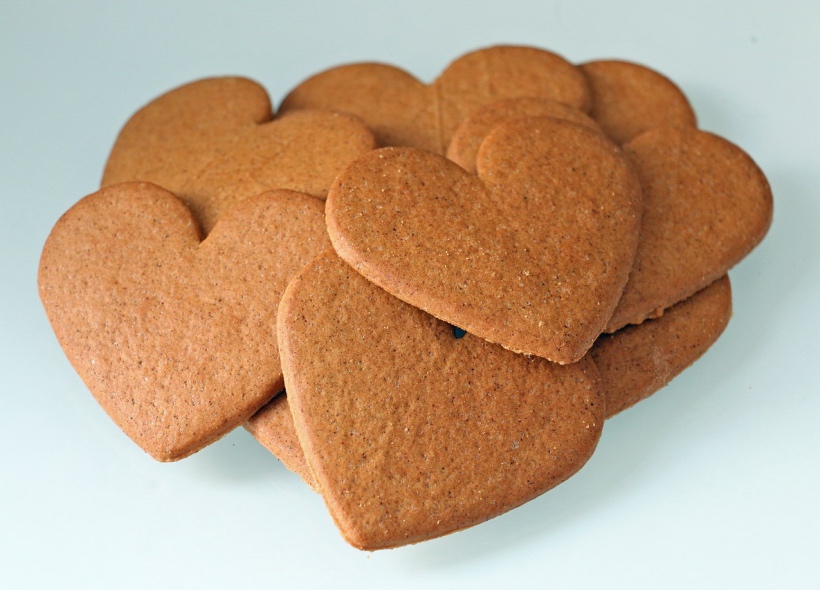Certain foods in Norway belong to specific seasons, weekends, and moods. No one explains it. You just gradually learn when the country decides it is time.
When I first moved to Norway, I noticed something strange happening in the supermarket. Not the prices, although that was its own journey of emotional growth. No, this was something subtler.

It was the sense that everyone else around me seemed to know exactly what food to buy on exactly which week of the year.
It wasn’t written down anywhere. No one announced it on the news. Yet the moment the seasons shifted, Norwegian shopping baskets shifted with them.
It took me a while to understand it, but there really is an unspoken Norwegian food calendar. Certain foods belong to certain moments. Some appear only once a year, some only on weekends, and some seem to taste better purely because the light has changed outside.
As a newcomer you learn these things slowly. First by observing, then by participating, and eventually by finding yourself explaining it all to someone else.
The Saturday Sweet Ritual
Let’s start with the most famous one. Saturday is lørdagsgodt day. The sweet station in the supermarket fills up like a pilgrimage site.
Children arrive with the kind of focus usually reserved for international chess tournaments. Adults pretend they are only there for the children but leave with 600 grams of sour gummy worms “just in case”.
Trying to buy pick-and-mix sweets on a Tuesday feels faintly rebellious, like you are breaking a national code of conduct. Lørdagsgodt is the weekly reset button. A permission slip to relax. A cultural agreement that one day a week, sugar wins.

Check out my article on Lørdagsgodt to learn more about the trend, and, in particular, about its rather dark origins.
Easter: Kvikk Lunsj and Oranges
Easter in Norway is practically a season of its own. It doesn’t matter whether you are going to the mountains or sitting on your sofa. You are buying oranges and Kvikk Lunsj. It is non-negotiable.
No one can quite explain why. Some reference long ski trips, others insist it is tradition, others simply shrug and say “that’s just how it is”.
The image of Norwegians sunbathing against a cabin wall in a light jacket, sunglasses on, eating chocolate and peeling oranges, might be the country’s strongest unofficial logo.
I once tried to bring a different chocolate bar on an Easter hike. I won’t be doing that again.
The First Warm Day: Solo and Grilled Sausages
Norway’s relationship with summer is deeply emotional. The first day the temperature creeps above 10°C, everyone is outside. Coats open. Face tilted to the sun. A disposable grill appears, as if summoned by an ancient law of nature.
And there, in someone’s hand, is a bottle of Solo. It isn’t a gourmet moment. It’s not supposed to be. It’s about celebrating light returning. The shared acknowledgment that winter was long but we made it.
A pølse in a paper-thin hot dog bun, eaten slightly too quickly while balancing on a patch of damp grass, is a meal of hope. The country tastes citrus and charcoal and feels alive.
Autumn: Slow Food Weather
When the rain settles in and the nights start creeping earlier, something changes in Norwegian kitchens. The casseroles return. Lapskaus. Lammefrikassé. Stews that seem to hug you from the inside.
This is the season of koselig: candles, wool socks, and pots that simmer just because it feels right.
Autumn food is less ritualised than the others. It’s more of a mood. A nod to warmth, slowness, and the need to create comfort that can be eaten with a spoon.
Christmas: Where the Calendar Turns Serious
And then there’s Christmas. This is where Norwegian seasonal food becomes almost sacred. The first sign is julebrus (Christmas soda), which arrives in the shops weeks before the decorations.

People have strong feelings about which type and colour of julebrus is correct. Deep, unshakeable feelings. Pepperkaker appear everywhere. Workplaces. Schools. Your neighbour’s hallway for reasons unknown.
And then the real countdown begins. Pinnekjøtt, ribbe, lutefisk. Entire regions are defined by their festive loyalty. Asking someone which Christmas dinner they prefer is not a casual question. It can change the temperature of a conversation.
There’s also a social performance aspect here. You don’t start Christmas food too early. You don’t wait too long either. It is a balancing act learned only through experience and mild social anxiety.
Winter: Clementines by the Box
Once Christmas has passed and the winter darkness settles in, the nation turns to clementines. Entire crates of them.
Norwegians eat clementines the way other countries use vitamin supplements. Your hands smell of citrus for weeks. The recycling bin becomes an adventure. The living room bowl is always full.
It’s less about flavour and more about coping. Winter is long. Clementines are bright. It makes perfect sense.
The Pattern Beneath It All
The fascinating thing about the Norwegian food calendar is that nobody teaches it. You absorb it simply by living here, watching what other people do, and eventually realising that you have started doing the same without thinking.
The foods themselves matter less than what they represent: They mark time. They bring predictability. They remind you that life moves in seasons here.
Norway’s seasons are dramatic. Light and dark. Warmth and cold. Indoors and outdoors. The food calendar gives shape to the year, comfort to the dark, celebration to the light, and, quietly, a sense of belonging.
That's something that can be hard to find for newcomers to Norway! It’s not just about eating certain foods at certain times. It’s about feeling in tune with the place you now call home.

